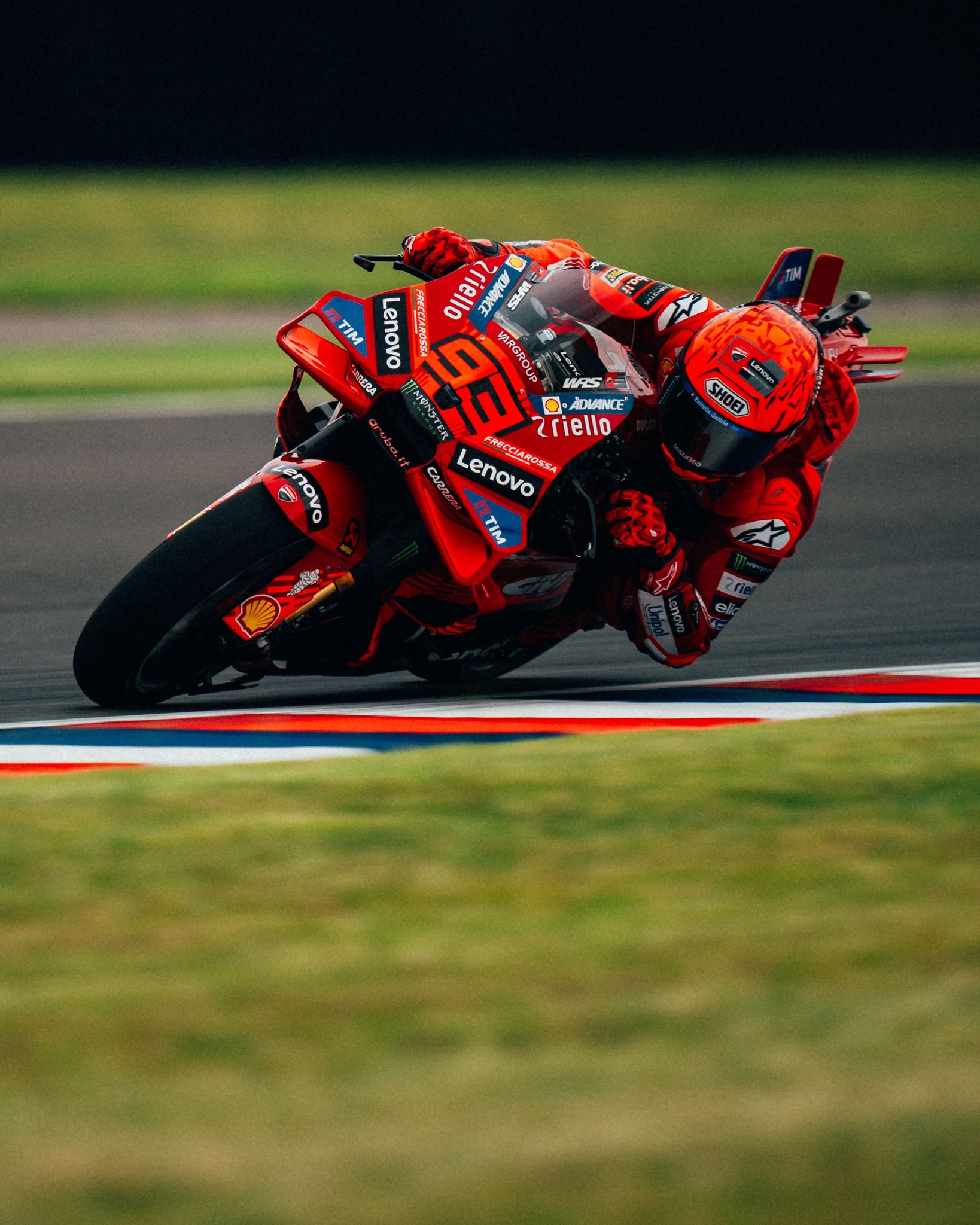F1 2026: Bold calendar, big questions
- Zoha Wyne

- Jun 13
- 3 min read
Written by Zoha Wyne, Edited by Rohan Brown

Formula One has unveiled its 2026 calendar, a demanding 24-race slate across five continents, marking the sport’s 76th year.
Blending historic circuits, a new urban race in Madrid, and strategic regional grouping, this nine-month marathon aligns with new regulations and sustainability goals.
What’s New in 2026?
The 2026 Formula One calendar spans from 6th March to 6th December with 24 Grands Prix. Key changes include:
Season opener and finale: The season kicks off at the Australian Grand Prix in Melbourne on 6-8th March, leveraging milder weather, and closes at the Abu Dhabi Grand Prix on 4-6th December, a consistent capstone.
Circuit shifts: The Emilia Romagna Grand Prix at Imola is absent, while the Dutch Grand Prix at Zandvoort (21-23rd August) will be its final time in F1 as the circuit’s contract runs out after 2026.
Spain hosts two races: Barcelona-Catalunya (12-14th June) and the new Madrid street circuit (11-13th September), though only Madrid is on the calendar beyond 2026.
New circuit spotlight – Madrid: The Spanish Grand Prix expands with Madrid’s debut, boosting urban engagement and local economies.
Late-season triple headers: Intense stretches include USA (Austin), Mexico, and Brazil from 23rd October to the 8th November, and Las Vegas, Qatar and Abu Dhabi from 19th November to the 6th December, challenging logistics and stamina.
Sustainability focus: To support F1’s net-zero by 2030 goal, races are closer together, such as Miami and Canada in May to cut freight emissions.

Logistical and Strategic Implications
The calendar tests teams’ logistics. Hauling freight over 4,000 miles (6,400 kph) from Melbourne to China in under two weeks demands precision.
Clustering—such as, Silverstone (3rd-5th July), Spa (17th-19th July) and Budapest (24th-26th July) eases European travel, though gaps like almost four weeks to Zandvoort (21st-23rd August) still strain crews and budgets with significant logistical demands.
Fatigue & Focus
Drivers face a gruelling pace. Veterans like Lewis Hamilton and Fernando Alonso may manage stamina and energy over a relentless season, but younger drivers like Ollie Bearman and Kimi Antonelli may still struggle with the relentless pace of late triple headers such as, Austin, Mexico, and Brazil in the space of three weeks.
Mental and physical endurance will be key to consistent performance.
Car Development & Budget Strategy
Early flyaways, Australia (6th-8th March), China (13th-15th March) and Japan (27th-29th March) require a robust car from the start. There’s little margin for experimentation before the long-haul points tally begins.
Mid-season European rounds of Monaco, Barcelona and Austria offer upgrade windows. Teams like Racing Bulls (RB) and Sauber must carefully balance rising logistics costs (estimated at over £100 million) against performance upgrades to stay in the midfield fight. .
Fan Experience and Global Impact
Madrid’s debut (11th–13th September) will bring Formula One into the urban core, offering new accessibility and tourism uplift. According to a Deloitte study, the economic impact of such races can exceed £450 million per event.
Races in China (14th–16th March) and Japan (28th–30th March) cater to Asian audiences early, while the North American triple—Austin, Mexico and Las Vegas builds late-season buzz.
Too Much of a Good Thing?
A 24-race calendar walks a fine line between spectacle and saturation. Iconic tracks like Monaco, Spa, Silverstone still shine, but dense scheduling, with six races in the final seven weeks could dull excitement for lesser-followed rounds like Hungary or Baku.
F1’s digital expansion via their official YouTube, and other social media aims to maintain fan engagement, but the risk of viewer fatigue looms large.

Sustainability: Real Progress or PR Gloss?
The FIA’s regional clustering such as Miami (1st-3rd May) and Canada (22nd-24th May) is a genuine step towards reduced emissions as it cuts transatlantic flights, aligns with F1’s net-zero goals.
But long-distance sprints, like the 6,000-mile haul from Brazil to Las Vegas, still undercut environmental credibility.
The 2026 Formula One calendar is a bold leap. With 24 races, new circuits like Madrid, and an increased emphasis on sustainability, it’s a season that tests every aspect of the sport: logistics, endurance, budget, and branding.
Teams will face logistical and strategic hurdles, drivers battle exhaustion, and fans weigh excitement against overload.
Will this schedule drive Formula One forward or a warning sign of overreach? Only the chequered flag in Abu Dhabi will tell.













Comments